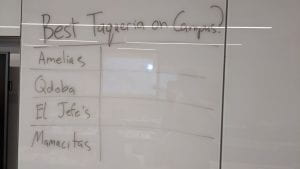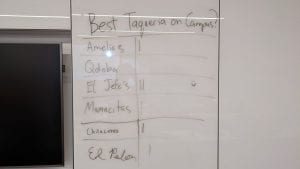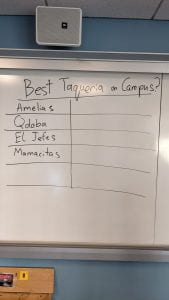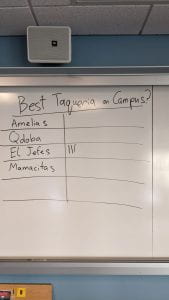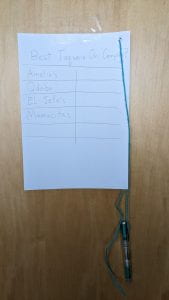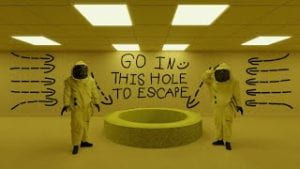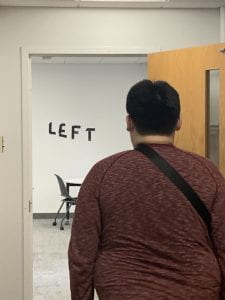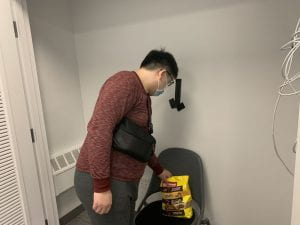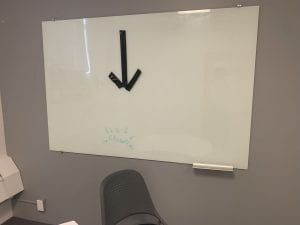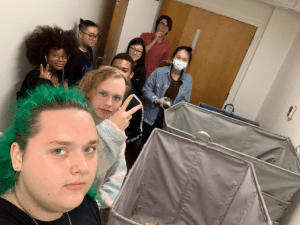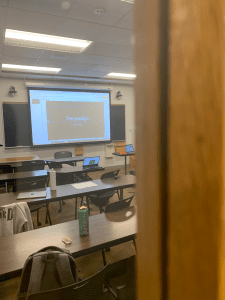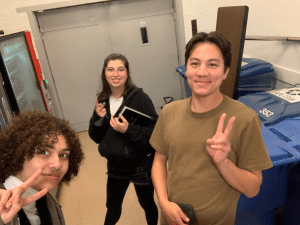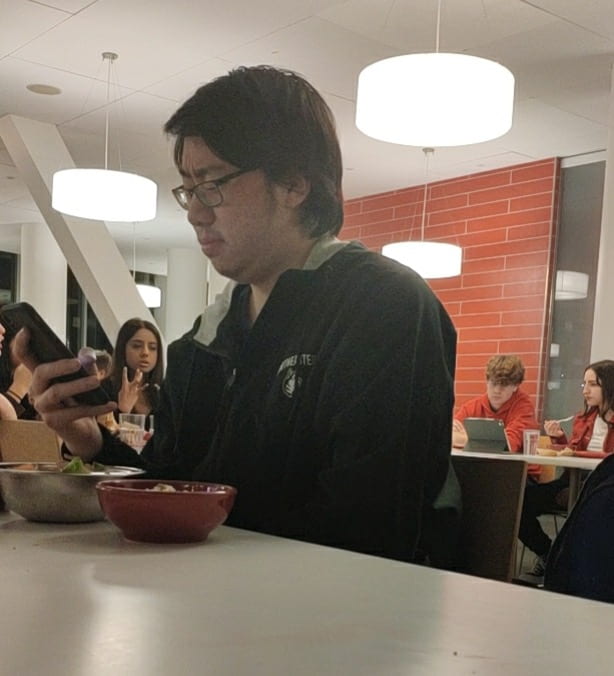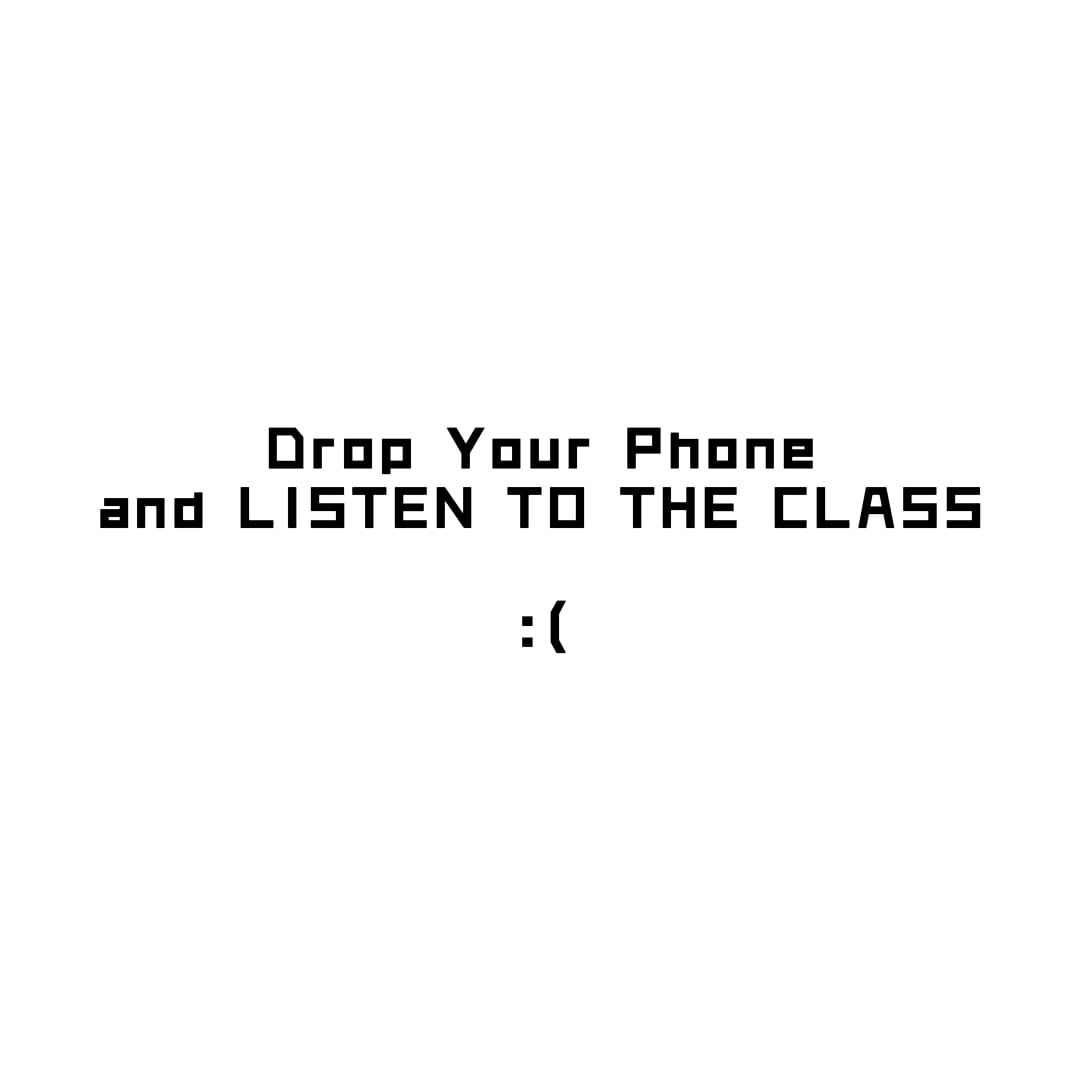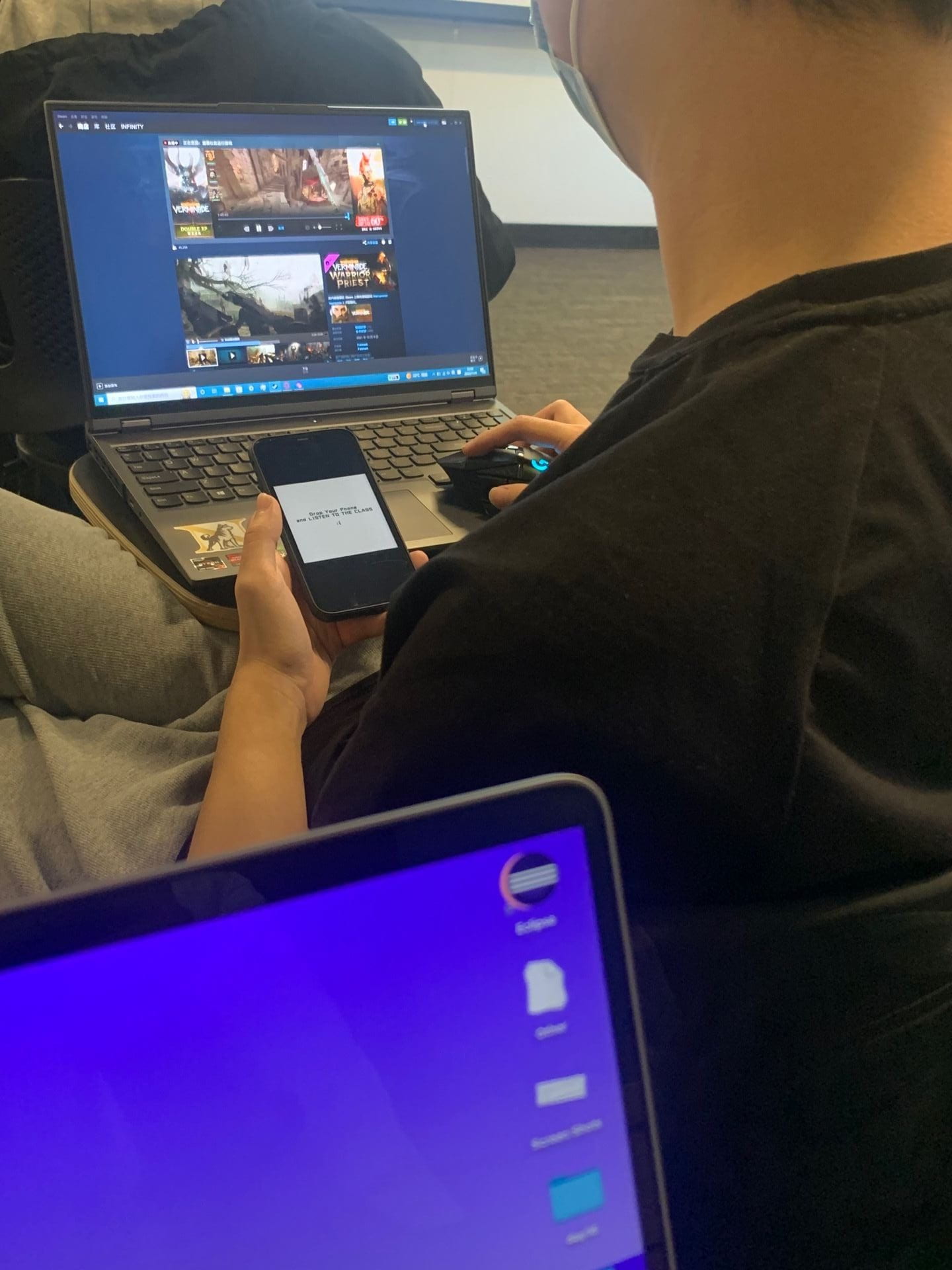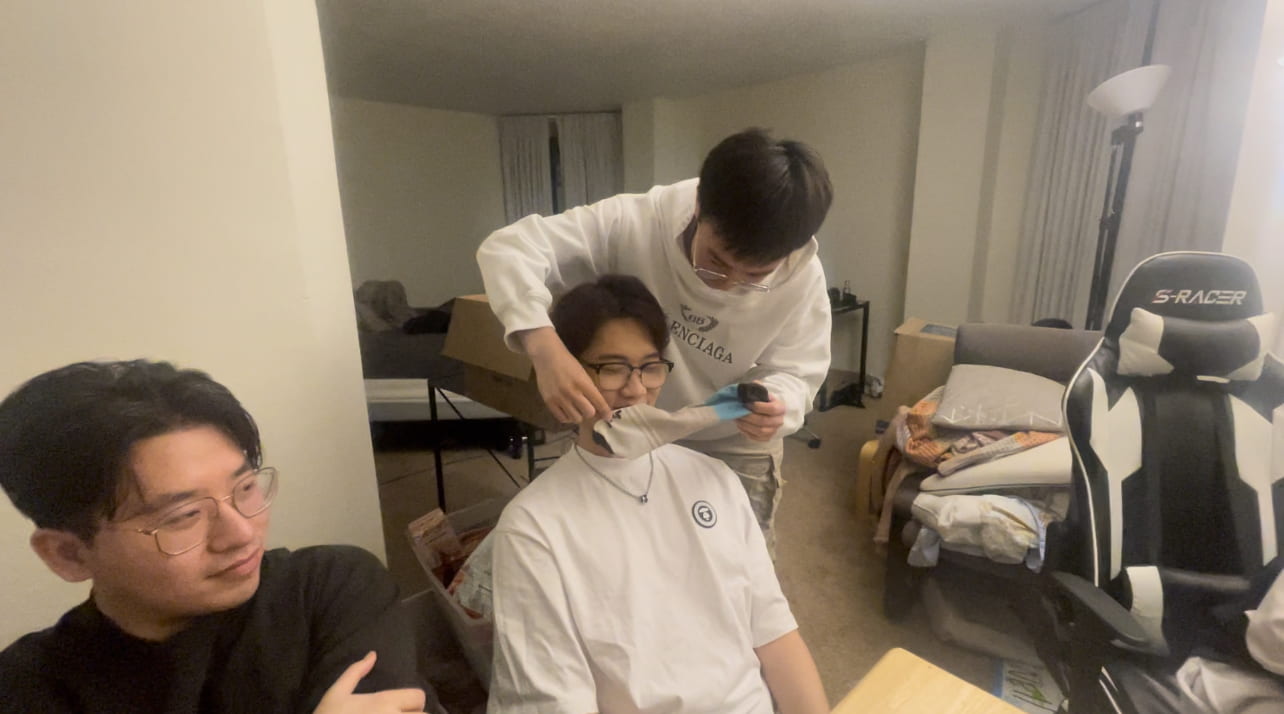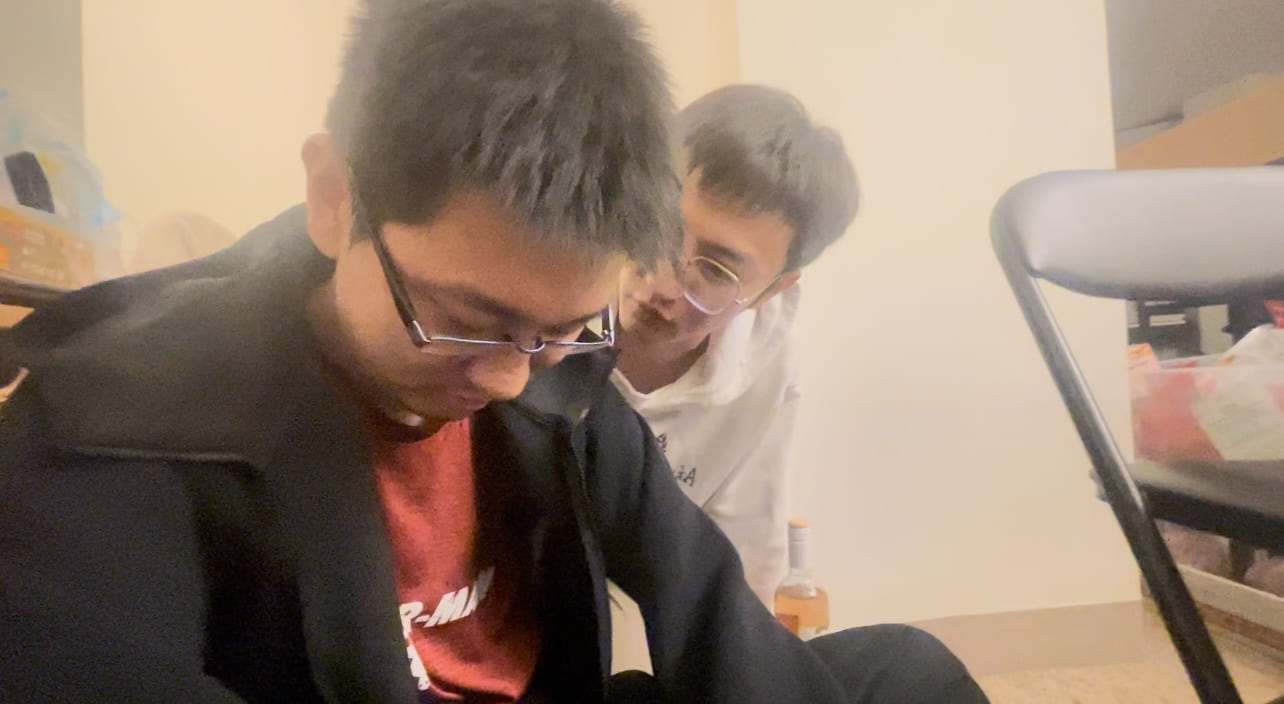This intervention is done show the weakness of this type of teaching method,”homework”. It is just very common for students to gave up on their homeworks, which means that, they’ll finish the homework but they’ll gave up to learn anything from the homework. In the end this statement is demonstrated in a way of “stuffing” the homework with itself, just like what the snake Ouroboros did in Greek legends.
I’m not attacking any specific homework, but just taking this homework as a target for assault, as a representation of all homeworks that need to be recorded and need to be submitted and gave enough freedom to students. If students failed to found something meaningful enough for they to intervene, they could have just gave up, and just “lie down”. They’ll enter a passive state of trying to finish the homework in a most time-saving or effortless way, just like how I hope to finish my homework in a comfortable and easy way by lying in front of the floor of the classroom. The problem is, the student gains too little in the process. I don’t really see the tutorial aspect of this assignment. That’s to say, if I’m doing my assignment for my excel class, I’ll learn how to write functions and to arrage strings if I want to. But this assignments, such “intervention” assignments, that didn’t taught.
Interventions are nice. Putting black tapes on stairs is nice. Though, what does that taught? “The fun theory”? Won’t that just be obvious, since if it’s not the team won’t have the idea of doing this activity intuitionally?
Here’s the picture of me lying on the ground like a dead dog.
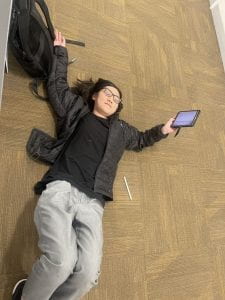
Me, mentally lied-down, is trying to embody that physically. And I did. If entered the apathetic mental state, people will not try to work hard or impress anyone anymore, just like how I’ve chosen this way of representation because it’s the most comfortable way. Plus, I can wait outsides of classroom rather than sitting in the classroom, which definitely gave a sense of freedom.
I was inspired by Yoko Ono and her Cut Piece from 1964. I like her idea of using herself as an experimental sample, and her bravery. Buzz, just to tell you my inspiration is not from this class.
No, No, no,,haha, definitely not, how could that be possible? I was certainly influenced by Yoko Ono, I must, I mean, I was,, inspired…no, give me the points, give me the points, give me the points, givemethepointsI’m sorry Ijust said that I’sorryyy Every one just do that, isn’t it? Many of us just seams some random reference with our work, isn’t it?
No no no that’s not the fact she’s a lier! Don’t believe her! Don’t! Please DONT!! We’ll complete our homework, we’ll complete our homework, we’ll complete our homework, complete our homework I Begged, pleaaaaaaaaaase don’t deletemy point pleeeeeeaaaase
FINAL ANSWER: YES, THIS WORK IS INSPIRED BY CUT PIECE.(
Anyway, here’s some text documentations of my actions.
I started to prepare twenty minutes before class ended because I worried that class would end earlier. Then I posted myself in a comfortable position in front of the class’s door. I texted these words while I waited because I don’t want to waste time. I was actually resting because I think I deserve that and, I didn’t start recording till people started to leave classrooms.
One by one the people went, until beside the door I can still hear Jaliyah chatting with professor Celia. I waited for them to come out, meanwhile keep typing my future blog post.
Then discovered I didn’t clicked record. People opening the door with surprise, Yibing helping me by taking picture, Maximus and Jaliyah who says they like my idea, and other comments, I’ve lost all of them.
I sited miserably between the door and the corridor. Though not very miserable because at least I have something to finish my homework.

